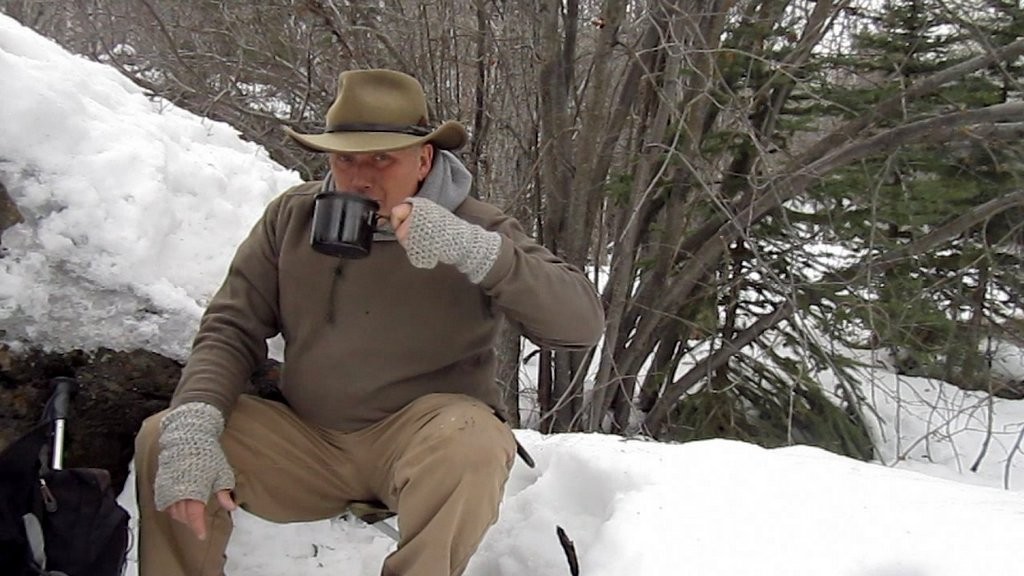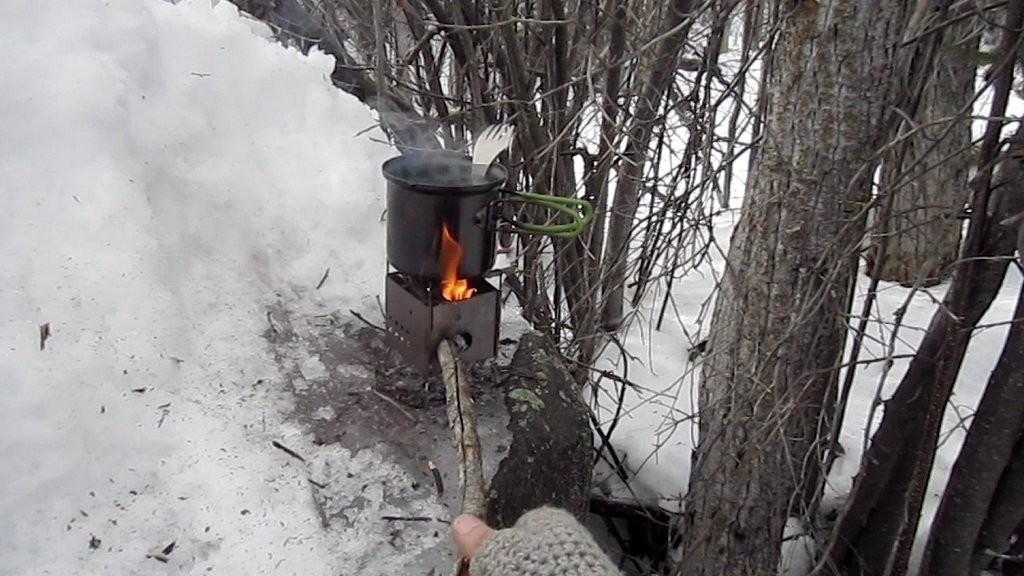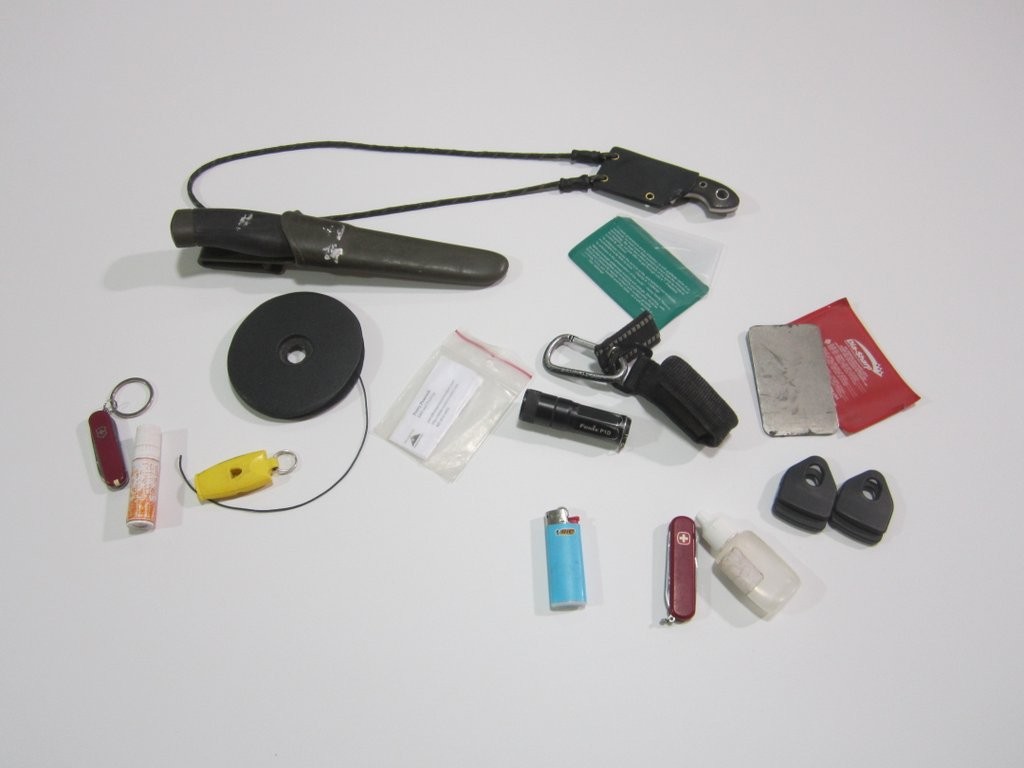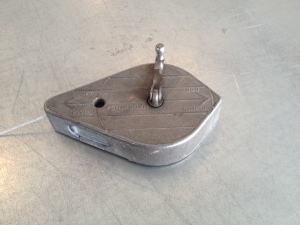I wrote “Purpose in Survival” back in 2011 as part of a project I was working on. The concept is that we simply become human pinball’s bouncing off everything around us unless we establish a purpose for the actions we undertake. Why waste energy (calories) building a Lean-to or Debris Hut if we don’t need one for the conditions we are in? Hope you enjoy the article and that it may help you to effectively deal with situations you may encounter.
PURPOSE IN SURVIVAL
Those of us concerned with our futures, with survival, speak of many things, we assemble vast quantities food, water, fuel, tools, weapons, medical needs, various shelters, caches and the like, we study, we train, we evaluate, we plan and we act.
“Regardless of our skills and gear there is no point squandering resources.”
In some respects one has only to look to the founding and colonizing of North America to find many clues to the raw needs a group may have. Look at the explorers, the trappers, the military, look at those utilizing land grants, the gold rushers, the adventures and the pioneers. All suffered much in the proposition, some suffered all.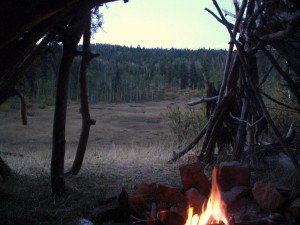
There are always the unknowns; plan and prepare as we will, yet we still cannot envision the varied and devious ways of man, nor can we begin to contemplate the disastrous effects of the natural world. The extremes to which we may find ourselves subjected seem as varied as the character of the human race.
In spite of all we know, and without regard to all our preparation, we will likely face at some time in the future a “beast” of a different form than we imagined in our minds as we planned for the adversity surely to come in the days and years ahead. Not so much a creature of flesh and blood, but an array of conditions consisting of people, weather, weapons, accident, war, famine, thirst, sickness and the like that combine to form that scenario by which our very nature is tested.
Purpose may well be the factor that determines our success or failure. It forms the broad expanse of our experience, leading us to examine ourselves, asking “what it the purpose of survival?” Is it for spouse and children, family; or is it for friends, for fame, or just the gut wrenching will to never give up.
Purpose also pecks it’s way into all the little details of our daily existence, like a hen scratching for food in the farmyard. Purpose is part of fire, and shelter, it is part of first aid and rescue, indeed it is part of all we do, that is, if we are looking for success.
“What is the Purpose of building the fire?”
A fire should never be built without taking a moment to ask yourself the question above. We spend so much time learning fire by bow drill, flint and steel, ferro rod, fire piston and so much more, but of what value is the fire if we don’t know it’s purpose?
A simple campfire may be one thing, where the fire is mainly for the benefit of socializing around with the group, yet still that is it’s purpose and should be considered as such. With the advent of difficult times, the question of purpose becomes ever more valuable, to preserve strength, to effectively use resources. Survival many times stretches people to the very limit, demanding far more out of them than ever seemed possible, many times the last breath is on it’s way as the rescue arrives. Any wasted effort may have tipped the scale just a bit too far, turning a rescue into a body retrieval; knowing purpose may make all the difference.
Consider this brief list of possibilities related to our example of fire
You look at your current situation and decide to build a fire, now before building it ask yourself this question, “what will be the purpose of the fire?”
- I am a bit nervous, fire will comfort me
- I need to purify some water for safe drinking
- I need to cook a simple meal
- There are several of us and we need to take the chill off the night
- I need fire to assist in making some tools
- We may be here for a week or more, fire will be part of daily life
- It is bitter cold I need fire to heat my shelter and for cooking
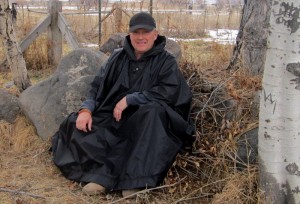
These are just a few possible reasons for fire, by answering the purpose question it can be determined what type of fire should be built, or if it needs to be integrated into a shelter. We should ask the purpose question about all we do, it need not be an extensive laborious process, but enough to assure we are wise in our choices and that we don’t waste time, energy and resources.
Until next time this is Perry Peacock, “Simplifying Survival”




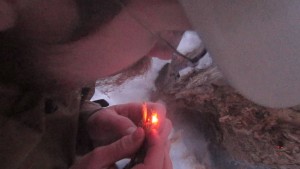
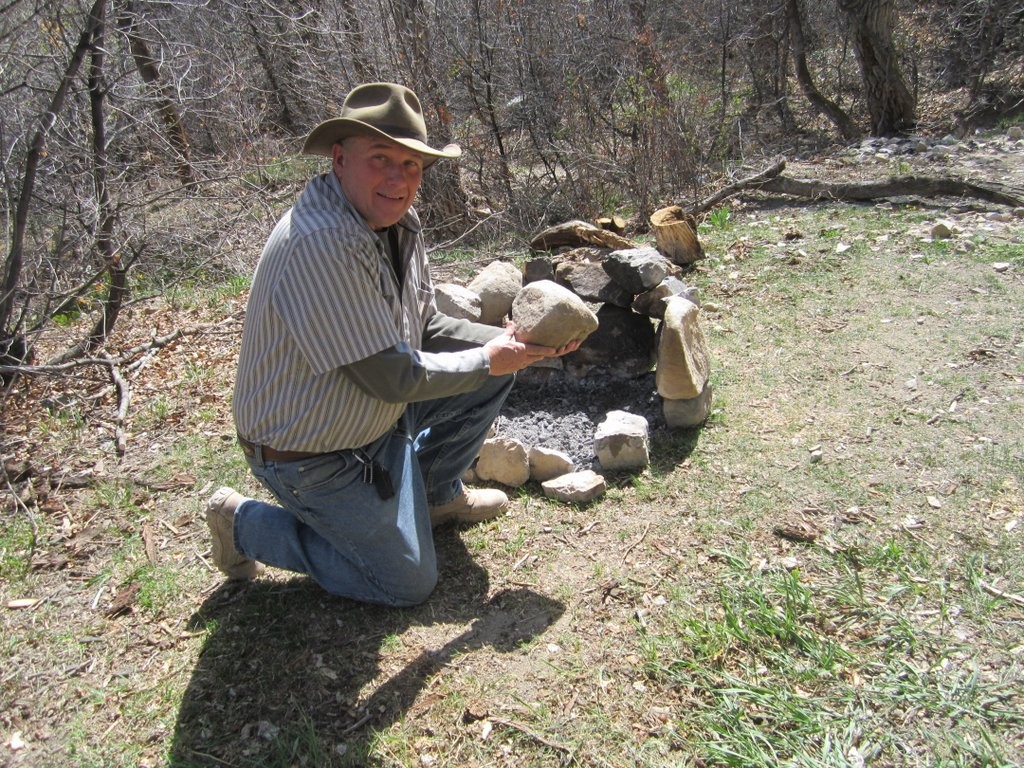
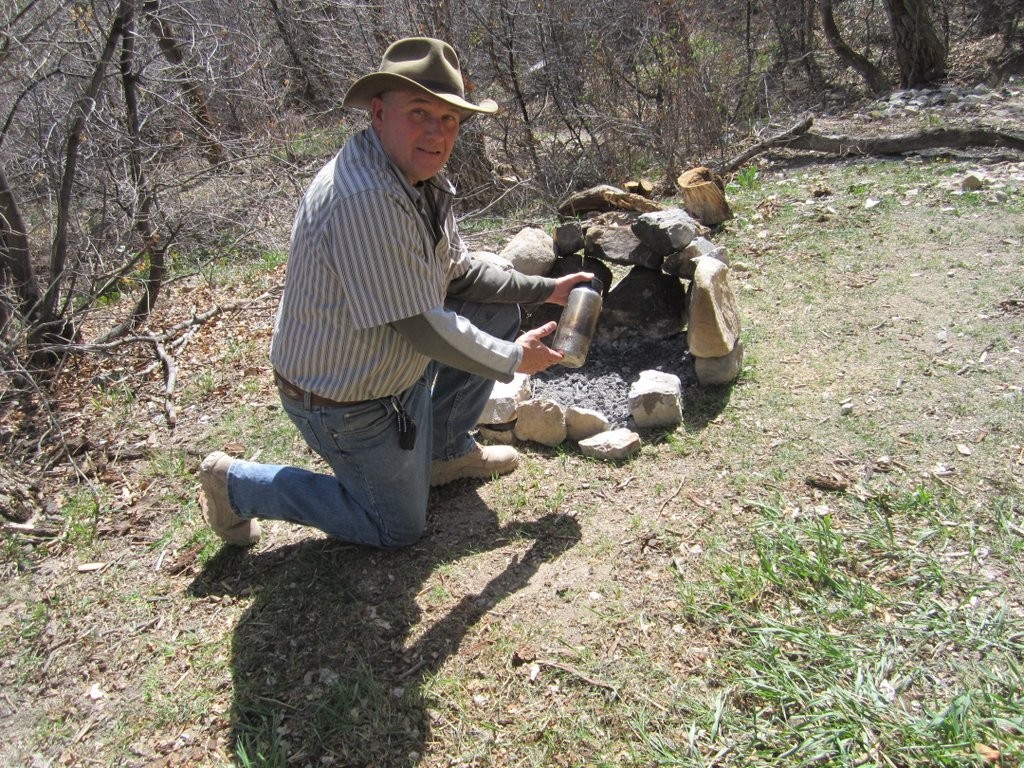
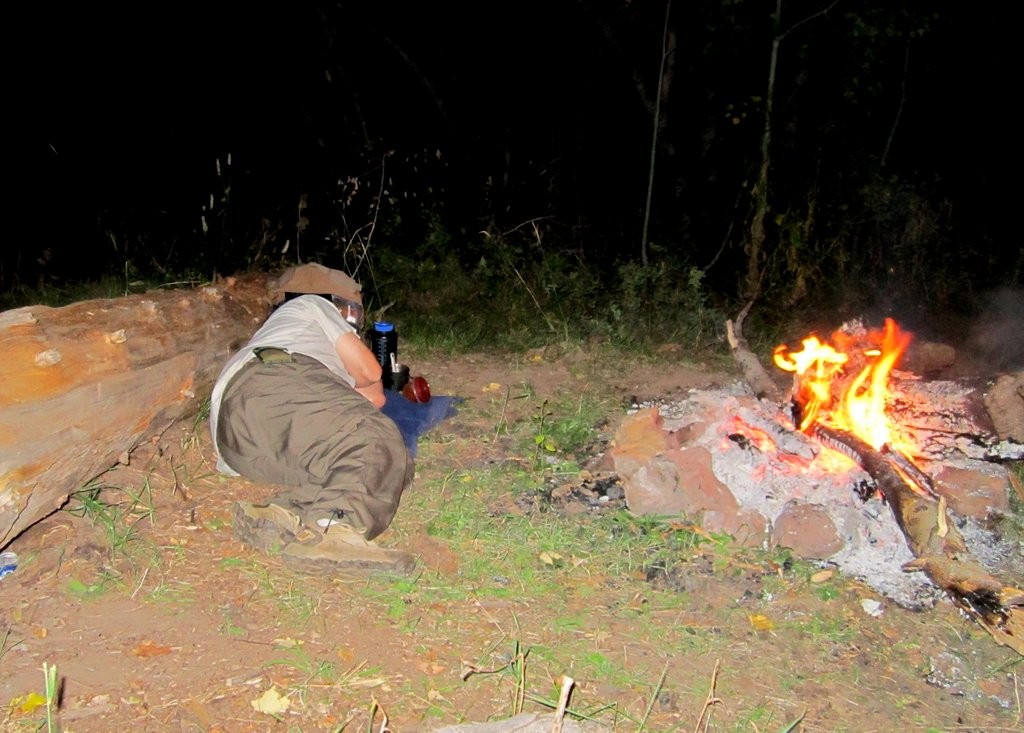

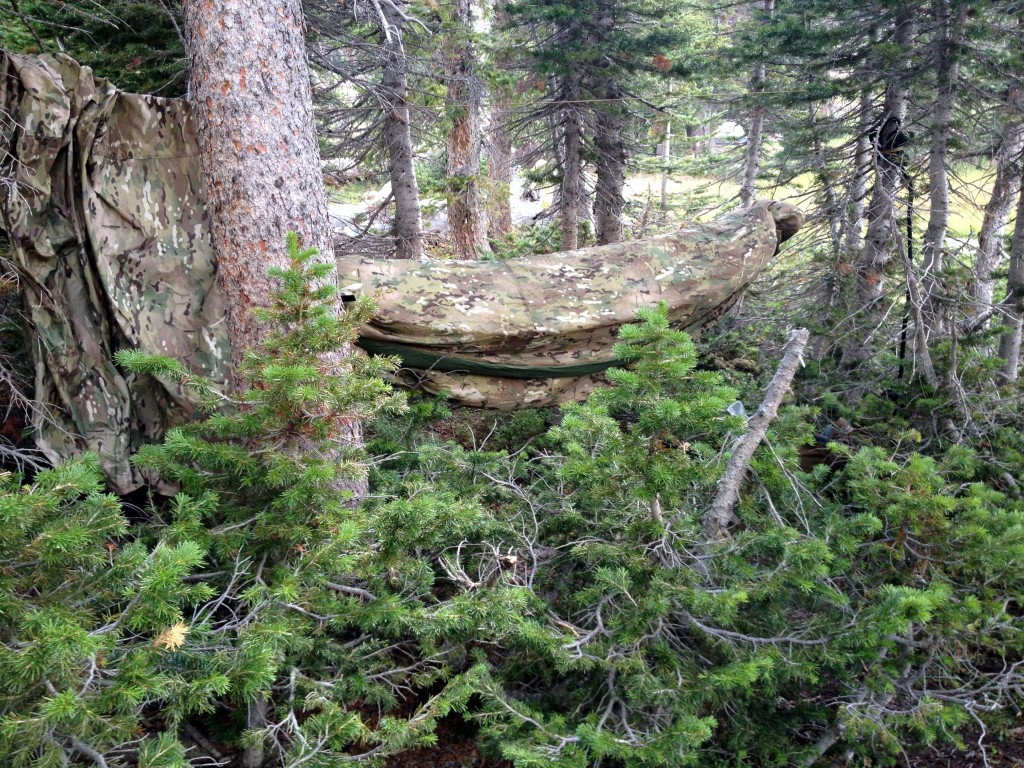
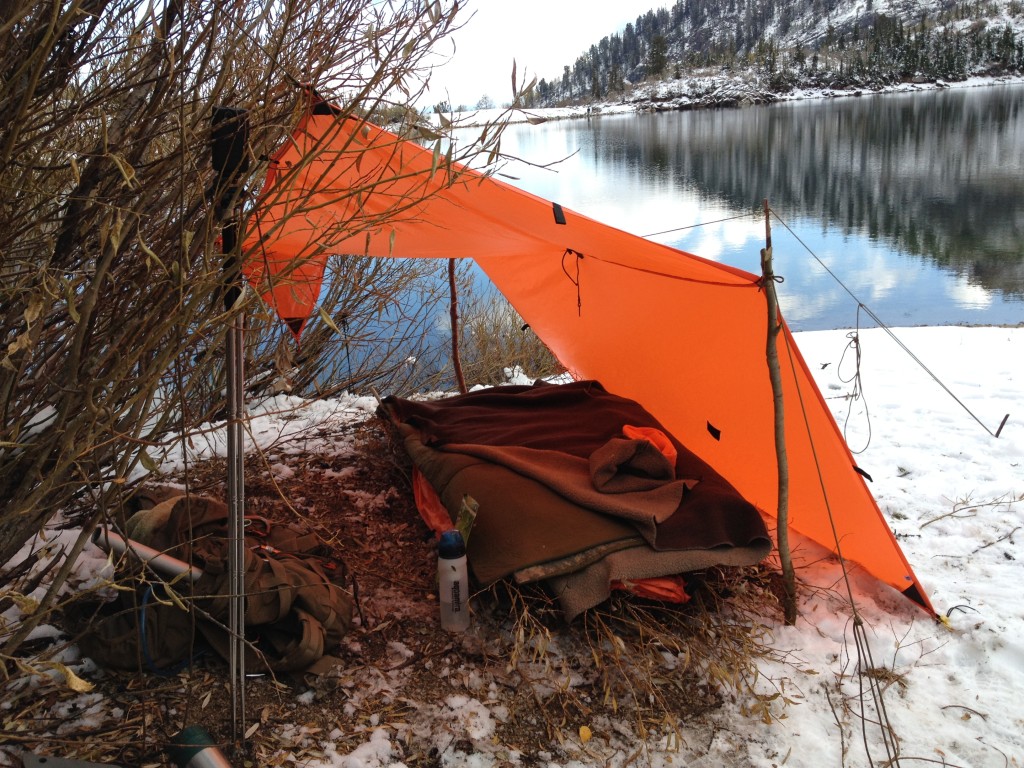
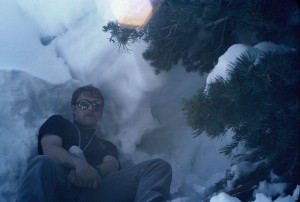
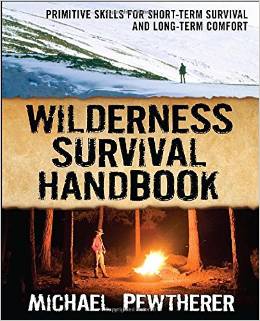
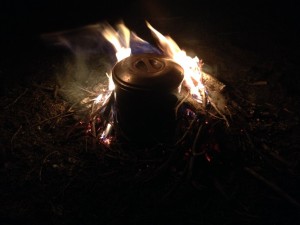
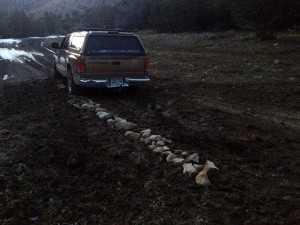
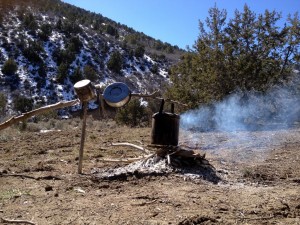
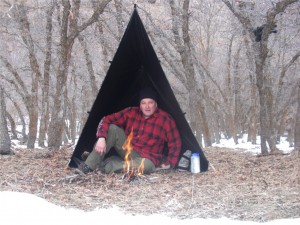
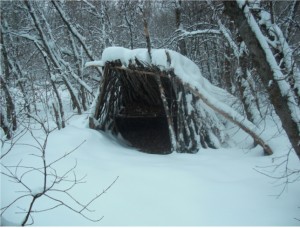
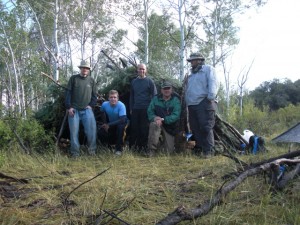
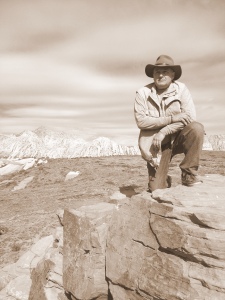
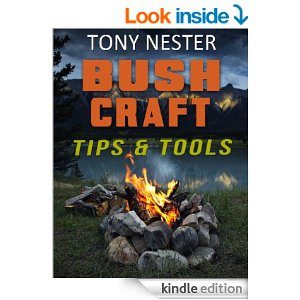 Tools
Tools